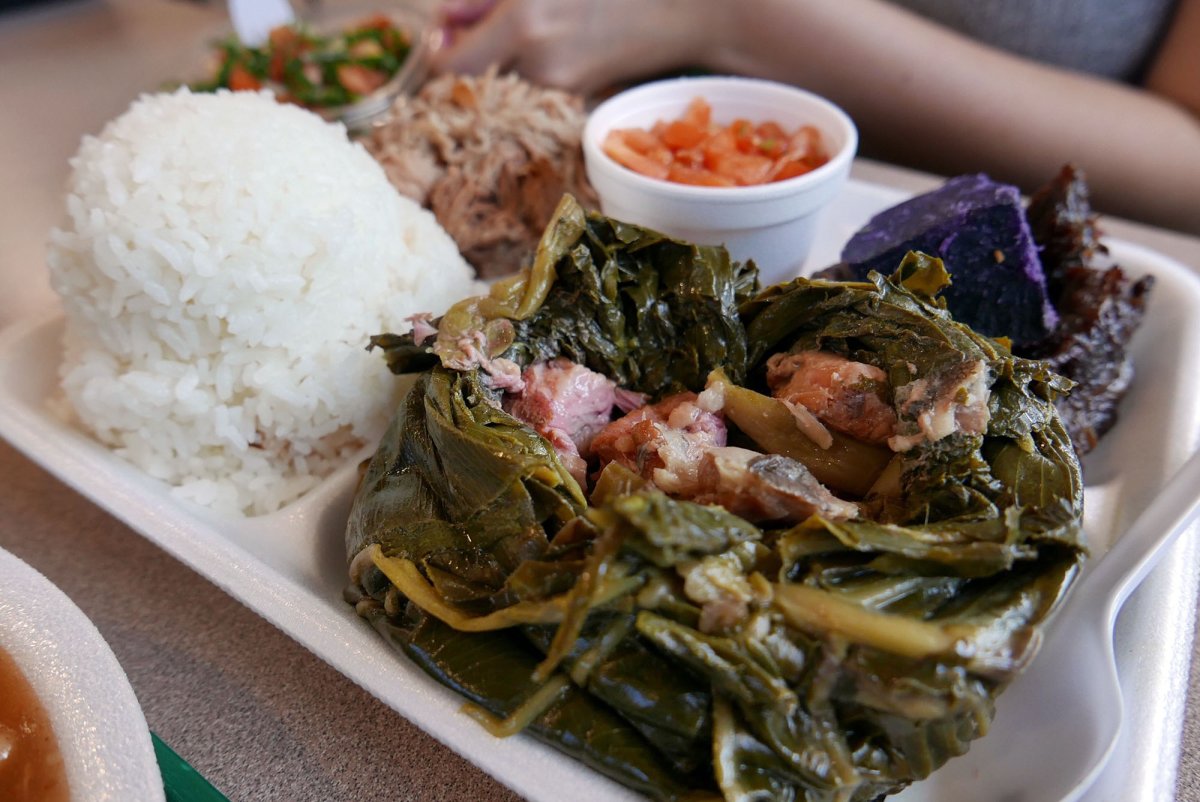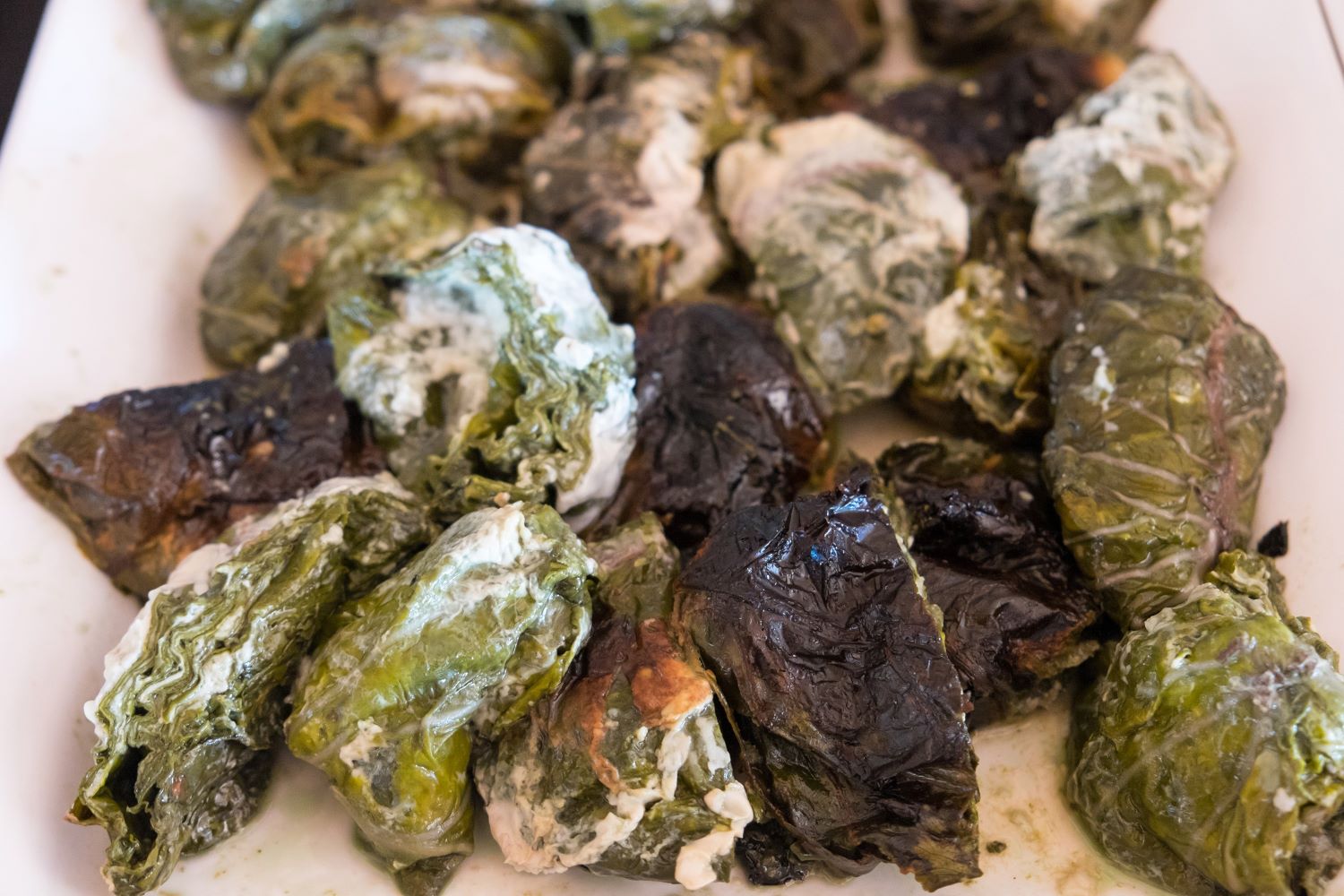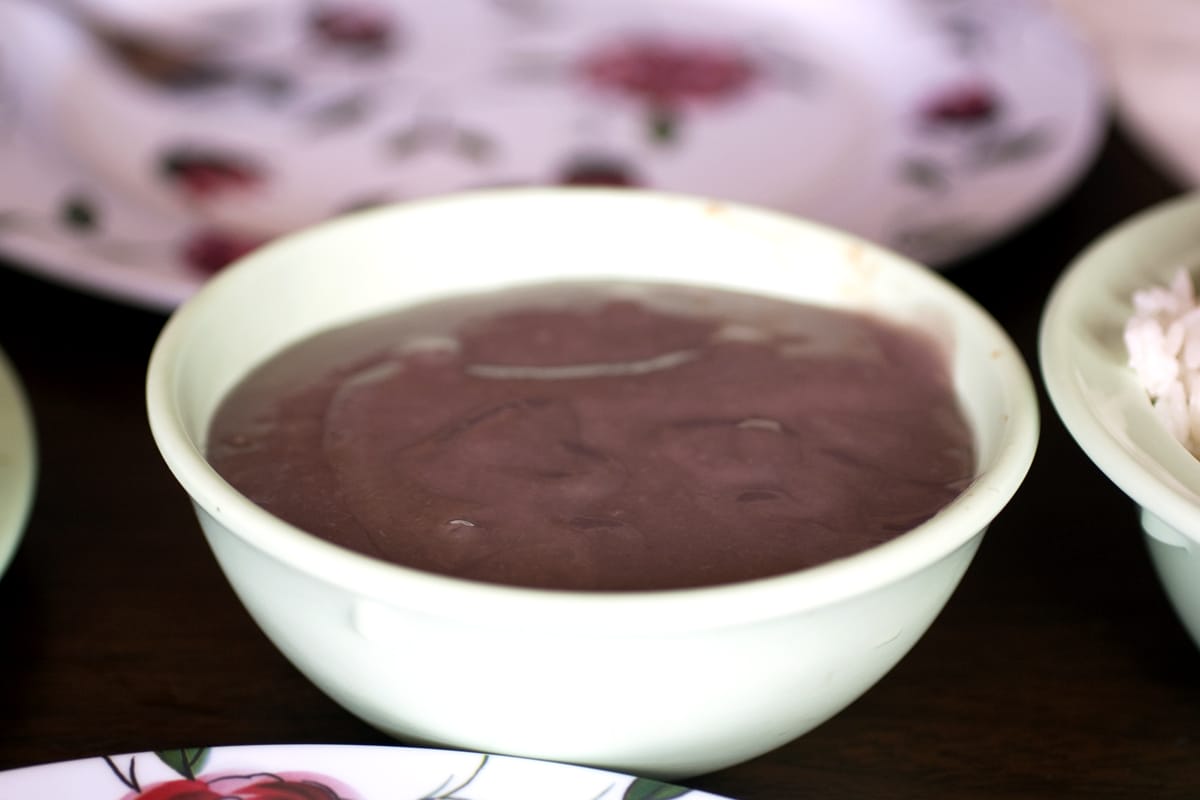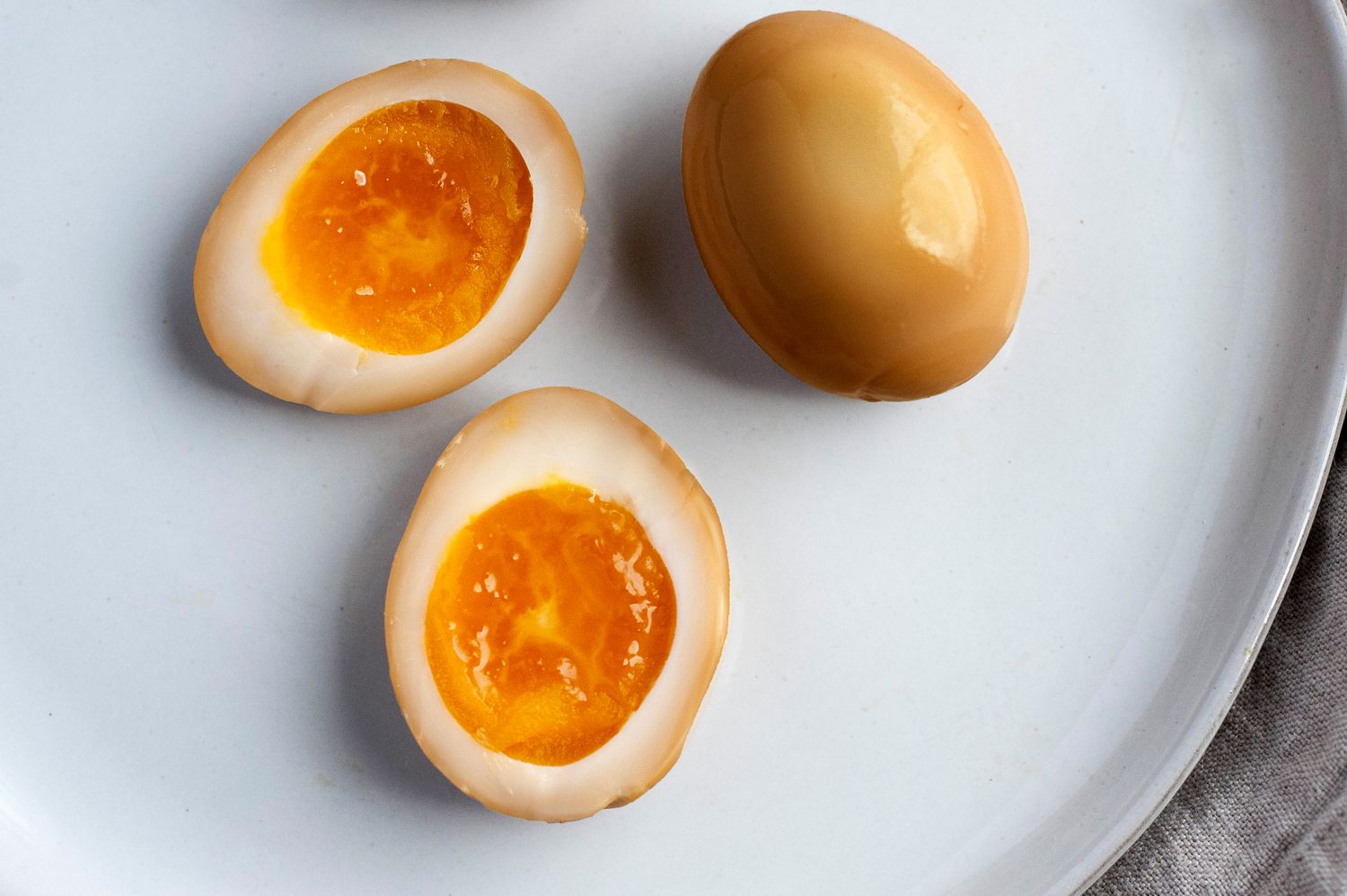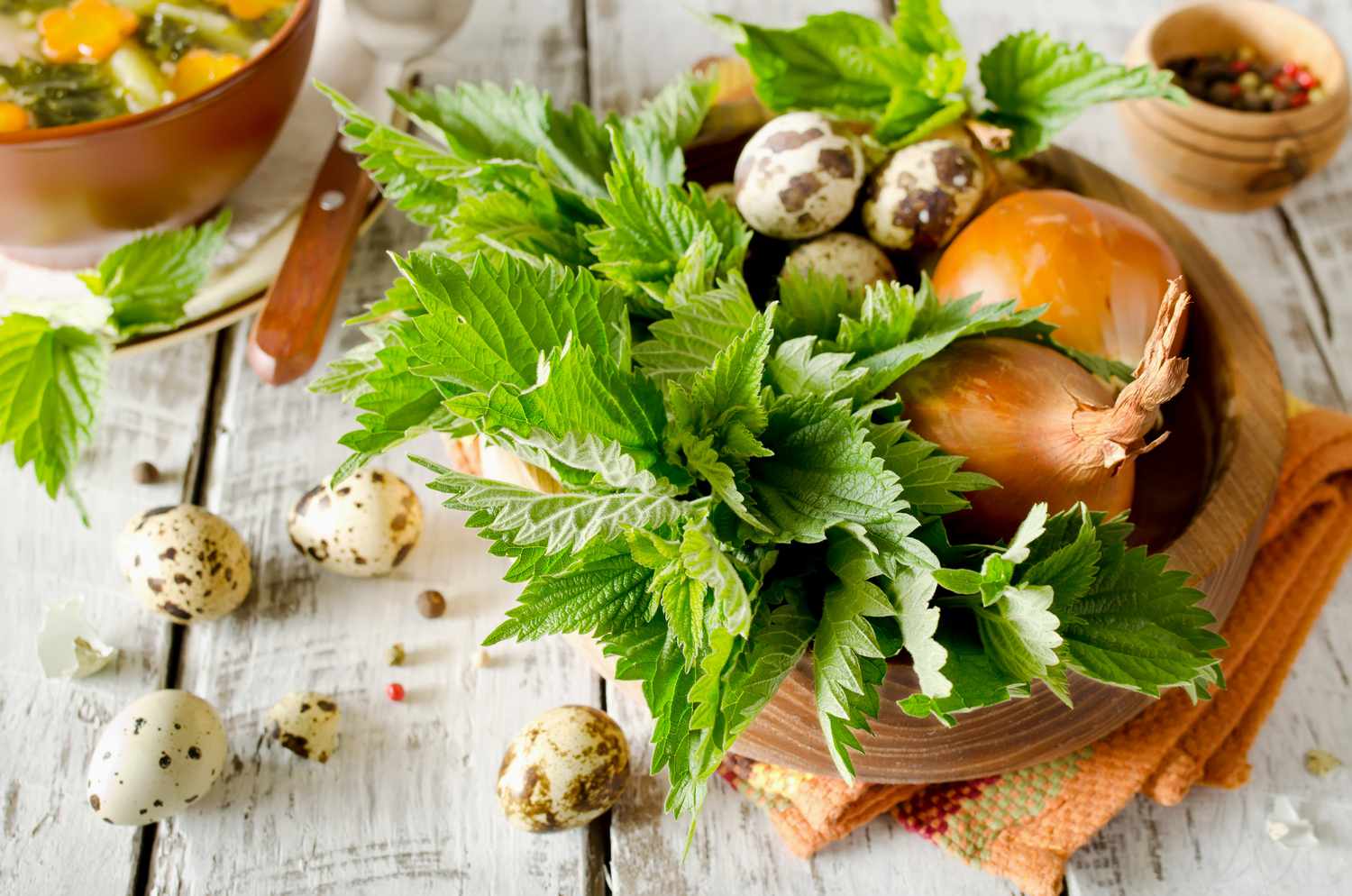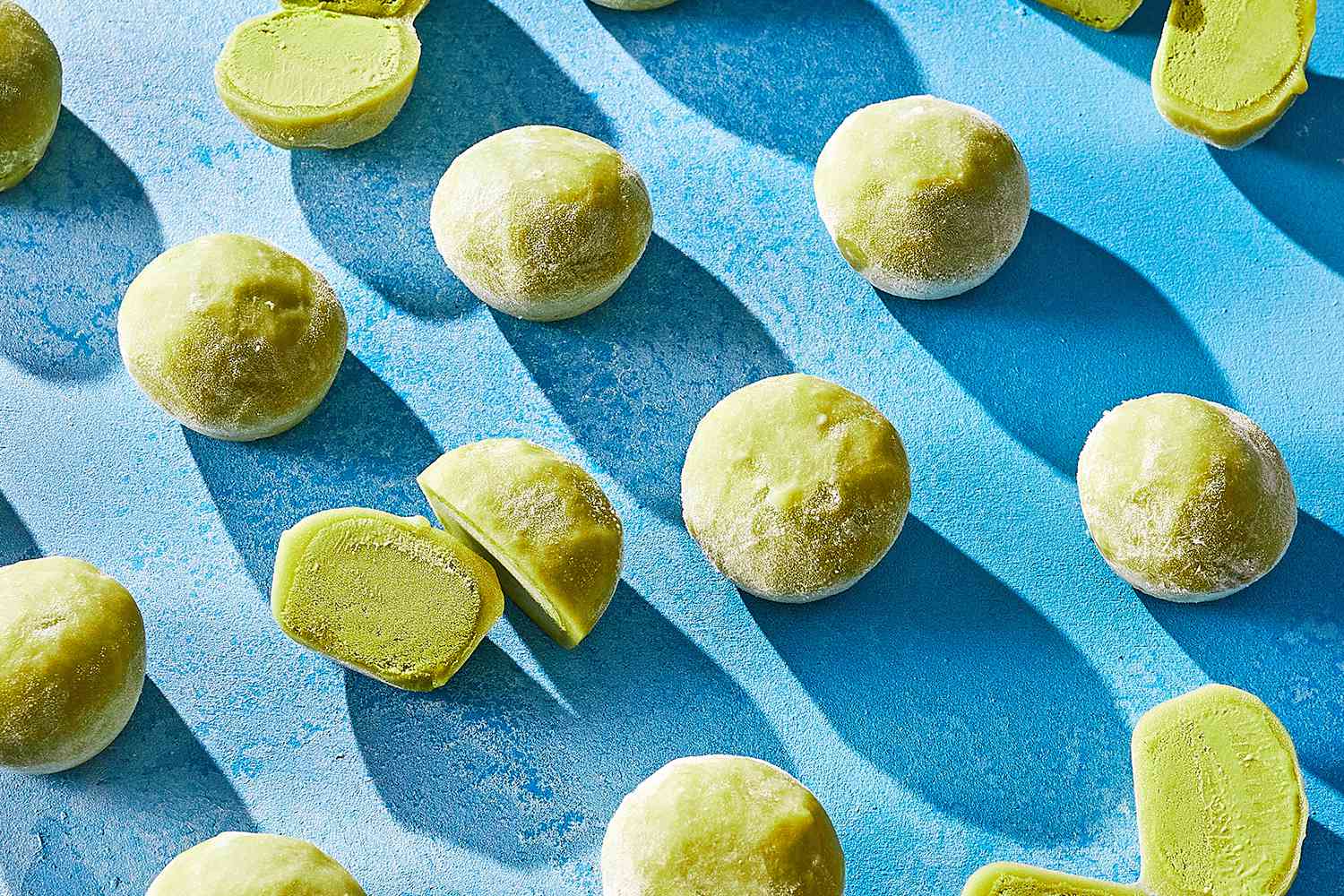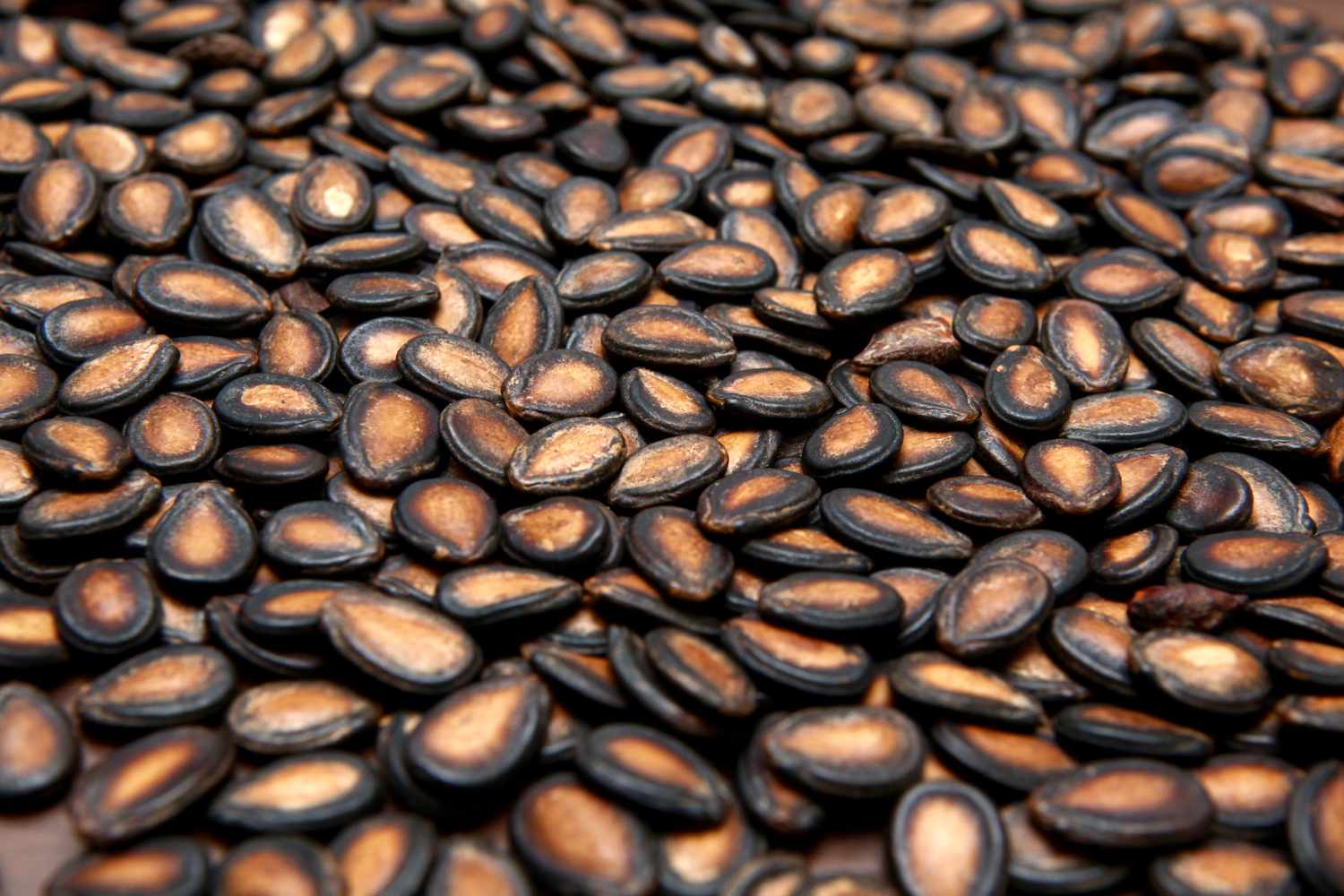Discover the Delicious and Nutritious Ways to Enjoy Fresh Taro Leaves
When it comes to incorporating fresh and healthy ingredients into your diet, taro leaves are a fantastic option. Not only are they versatile and delicious, but they also offer a range of health benefits. From their rich flavor to their nutrient-packed profile, there are numerous reasons to include taro leaves in your meals. In this article, we’ll explore some creative and mouthwatering ways to enjoy fresh taro leaves.
1. Taro Leaf Salad
One of the simplest and most refreshing ways to enjoy fresh taro leaves is by preparing a vibrant salad. Start by blanching the leaves in boiling water for a few minutes, then immediately transferring them to an ice bath to stop the cooking process. Once cooled, chop the leaves and toss them with a zesty vinaigrette, cherry tomatoes, cucumbers, and a sprinkle of sesame seeds. This light and flavorful salad is perfect for a quick and nutritious meal.
2. Taro Leaf Wraps
For a unique twist on traditional wraps, consider using fresh taro leaves as a wrapper for your favorite fillings. Whether you opt for a vegetarian filling with quinoa and roasted vegetables or a protein-packed option with grilled chicken or fish, the taro leaves add a subtle nuttiness and a pop of color to your dish. Simply blanch the leaves to soften them, then use them to encase your chosen ingredients for a satisfying and wholesome meal.
3. Taro Leaf Stir-Fry
Stir-frying fresh taro leaves is a fantastic way to preserve their vibrant color and crisp texture while infusing them with bold flavors. Heat a wok or skillet with a drizzle of sesame oil, then add the blanched taro leaves along with garlic, ginger, and your choice of protein. Finish with a splash of soy sauce and a sprinkle of crushed peanuts for a satisfying and aromatic dish that’s sure to become a household favorite.
4. Taro Leaf Soup
For a comforting and nourishing meal, consider incorporating fresh taro leaves into a hearty soup. Whether you opt for a coconut milk-based broth with lemongrass and galangal or a clear broth with shiitake mushrooms and tofu, the addition of taro leaves brings a unique depth of flavor and a boost of essential nutrients. Simmer the leaves gently in the broth until tender, then ladle the soup into bowls for a satisfying and wholesome meal.
5. Taro Leaf Chips
If you’re looking for a nutritious and flavorful snack, try making taro leaf chips. Simply coat the leaves with a light drizzle of olive oil and a sprinkle of sea salt, then bake them in the oven until crisp. The result is a guilt-free snack that’s packed with vitamins and minerals, making it an ideal alternative to traditional potato chips.
With their versatility and nutritional benefits, fresh taro leaves are a fantastic addition to any culinary repertoire. Whether you’re a fan of salads, wraps, stir-fries, soups, or snacks, there are countless ways to enjoy the unique flavor and texture of taro leaves. So, the next time you come across these vibrant greens at the market, don’t hesitate to bring them home and get creative in the kitchen!
